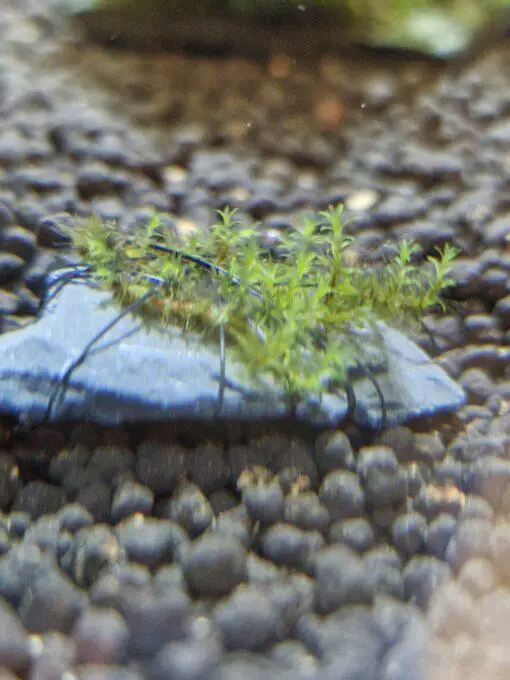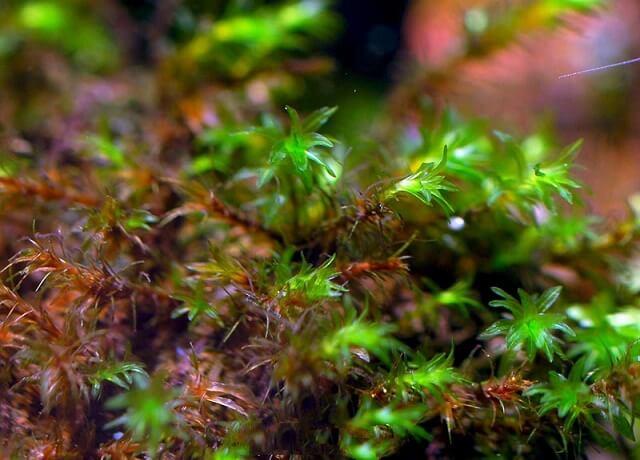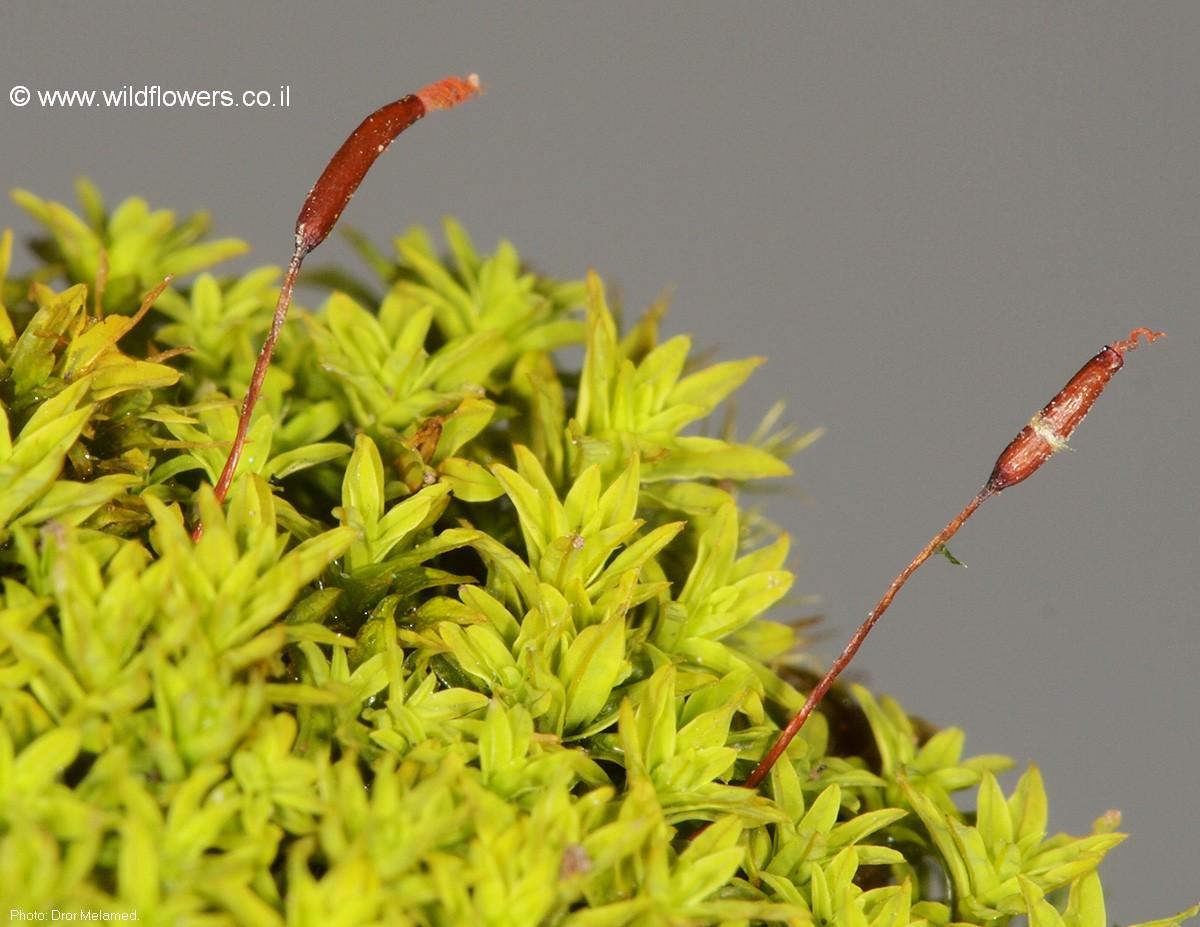
milimeter-mos-3-510×680.jpg from: https://www.youraquahouse.nl/product/barbula-sp-millimeter-moss/
Exploring the Fascinating World of Barbula decolorans Hampe Moss
Introduction
Mosses are often overlooked, but they play a vital role in many ecosystems around the world. One particularly interesting species is Barbula decolorans Hampe, a moss in the Pottiaceae family. In this blog post, we’ll dive into the details of this fascinating plant, from its morphology and habitat to its ecological roles and adaptations. Get ready to discover the hidden wonders of

1486722910_barbula-sp.-millimeter-moss-4.jpg from: https://housaqua.com/1839-barbula-millimeter-moss.html
Barbula moss!
Background
Barbula decolorans Hampe is a species of moss classified in the Bryophyta division and Bryopsida

2390-l-1.jpg from: https://www.wildflowers.co.il/english/picture.asp?ID=13765
class. It belongs to the Pottiaceae family, which contains over 1,400 species worldwide. The genus Barbula includes around 200 species known for their small size and tolerance of dry conditions.
Morphology and Identification
B. decolorans forms small, dense tufts or cushions, typically less than 1 cm tall. The leaves are lanceolate (lance-shaped) and have a strong midrib that extends to the leaf tip. A key identifying feature is the leaf margins, which are strongly revolute (rolled under). The leaf cells are small and rounded-quadrate.
Sporophytes (spore-producing structures) are uncommon, but when present, the seta (stalk) is reddish-brown and the capsule is cylindrical and erect. Peristome teeth, structures surrounding the mouth of the capsule, are short or rudimentary.
Global Distribution and Habitat
This species has a wide distribution, found on all continents except Antarctica. It grows in a variety of habitats, including:
- Exposed, dry rocks and cliffs
- Soil banks
- Disturbed sites like roadsides and quarries
- Arid and semi-arid regions
B. decolorans tolerates high light intensity and low moisture conditions that many other mosses cannot. It often pioneers on bare substrates and forms a component of biological soil crusts in dry areas.
Ecological Roles and Adaptations
As a pioneer species, Barbula moss plays an important role in stabilizing soil and facilitating the establishment of other plants. Its dense growth form helps to reduce erosion and retain moisture in the soil. The strongly revolute leaf margins are an adaptation to minimize water loss in dry environments.
Like other mosses, B. decolorans also contributes to nutrient cycling by trapping dust and organic particles and slowly releasing nutrients as the plant decomposes. Mosses provide microhabitats for various invertebrates and some small vertebrates as well.
| Characteristic | Description |
|---|---|
| Height | < 1 cm |
| Leaf shape | Lanceolate |
| Leaf margin | Strongly revolute |
| Leaf cells | Small, rounded-quadrate |
| Seta | Reddish-brown (when present) |
| Capsule | Cylindrical, erect (uncommon) |
| Habitat | Exposed rocks, soil, disturbed sites |
| Distribution | Worldwide (except Antarctica) |
Conclusion
Barbula decolorans Hampe may be small, but it is a resilient and ecologically important moss species. Its ability to tolerate harsh conditions and colonize bare substrates makes it a valuable pioneer plant in many ecosystems. Next time you’re out for a hike, take a closer look at the rocks and soil – you might just spot some Barbula moss working its magic! What other unassuming organisms in nature have you gained a new appreciation for?